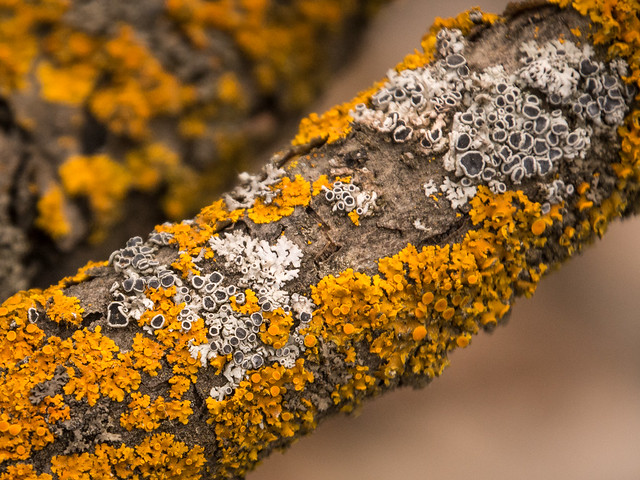How often do you see dead trees or fallen logs in our city parks? Rarely – and that’s a huge mistake because, as forest ecologist Jerry Franklin, likes to say: "A dead tree is more alive than a live tree."
Wildlife Condo
“Hard to believe, but trees can actually provide more habitats for wildlife dead than when they are alive. Standing dead and dying trees, called snags or wildlife trees, are important for wildlife in both natural and landscaped settings, occurring as a result of disease, lightning, fire, animal damage, too much shade, drought, root competition, as well as old age.
“Birds, small mammals, and other wildlife use snags for nests, nurseries, storage areas, foraging, roosting, and perching. Live trees with snag-like features, such as hollow trunks, excavated cavities, and dead branches can provide similar wildlife value. Snags occurring along streams and shorelines eventually may fall into the water, adding important woody debris to aquatic habitat. Dead branches are often used as perches; snags that lack limbs are often more decayed and, may have more and larger cavities for shelter and nesting. Snags enhance local natural areas by attracting wildlife species that may not otherwise be found there.” (1)
Mass Extinction
“It’s frightening but true: Our planet is now in the midst of its sixth mass extinction of plants and animals — the sixth wave of extinctions in the past half-billion years. We’re currently experiencing the worst spate of species die-offs since the loss of the dinosaurs 65 million years ago. Although extinction is a natural phenomenon, it occurs at a natural background rate of about one to five species per year. Scientists estimate we’re now losing species at 1,000 to 10,000 times the background rate, with literally dozens going extinct every day. It could be a scary future indeed, with as many as 30 to 50 percent of all species possibly heading toward extinction by mid-century.” (2)
Restoring Biodiversity in Urban Areas
Urban centres have a tremendous impact on a region’s biodiversity, drawing on its resources while simultaneously hindering or actively decreasing biological diversity. And yet, it doesn’t have to be that way.
“Urban environments usually include a great diversity of habitats (such as water retention ponds, industrial parks, railway rights-of-way, greenways, and others) which may support some wildlife and plant species. In some cases, urban habitats may even play a significant role in the conservation of 'rare' or 'threatened' species.” (3)
Along with creating buffer zones, planting a variety of species, and establishing corridors and stepping stones to promote connectivity, it’s important to create “multi-age ecosystems” and to leave “stumps, leaves, snags and logs on-site to enhance the ecosystem's natural structure, maintain the nutrient cycle, and provide habitat for wildlife and other organisms.” (3)
For More Information
(1) Snags – The Wildlife Tree, Washington Department of Fish and Wildlife
(2) The Extinction Crisis, Center for Biological Diversity
(3) Biodiversity and the Restoration of the Urban Forest Ecosystem, Restoring the Urban Forest Ecosystem, Institute of Food and Agricultural Sciences, University of Florida Extension
Check out EcoFriendly Sask's Nature Companion, a free nature app for Canada's 4 western provinces.


